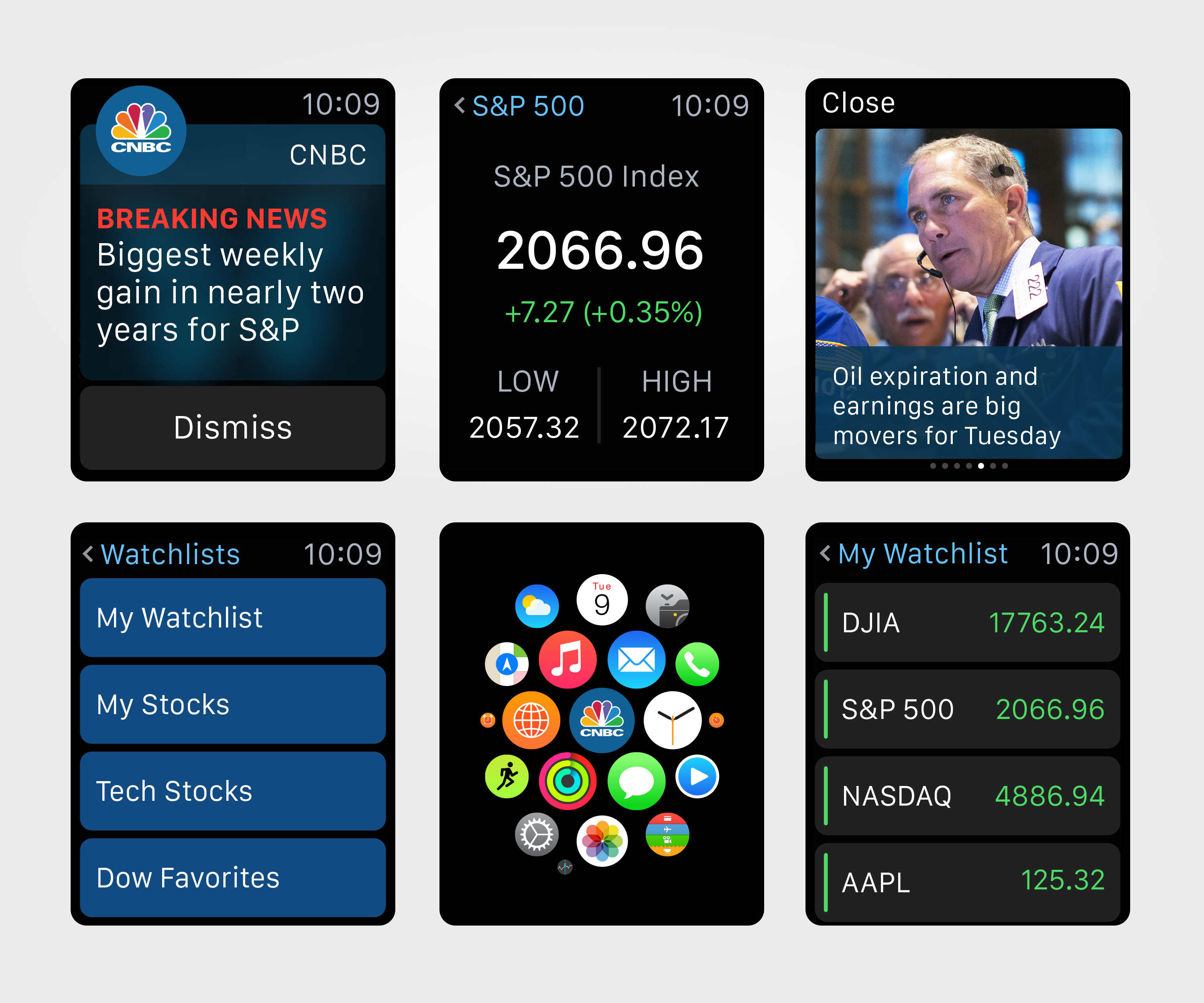New Roles for WCM Technology in an Age of Wearables
In the good old days, WCM technology primarily served to deliver content to a website -- hence the name "Web Content Management." At best, "multichannel" referred to the ability to deliver content to more than one type of website; e.g., an intranet and a public-facing website.
Of course, things have changed drastically since then. You not only have to think of delivering content to mobile devices of varying sizes and capabilities, but also to a number of other devices such as hand-held devices, wearables, and other so-called IoT devices.
Use Cases for WCM + Wearables
There are a number of use cases for which you might consider using a WCM to deliver content to devices such as wearables. In fact, if you are sending content to a website and sending some snippets to a watch, you could consider WCM as a single repository rather than duplicating your content for each target environment. Several news providers, such as CNN, ABC News, and others now support Apple Watch.
While you may know about mobile middleware tools for creating and delivering mobile apps, you might wonder whether you need WCM technology at all. Well, even if you are using mobile middleware, you'll still need a digital content repository from which mobile devices and wearables can pull information, regardless of the middleware.

CNBC App for Apple Watch. Screenshot source: http://www.cnbc.com/2015/04/21/cnbc-apple-watch-app-launched.html.
What to Look for in Your WCM
When considering using a WCM to deliver information to wearables (via middleware tools or otherwise), two very important aspects emerge:
- Capability to create, store, and manage content in a device-agnostic way
You should be able to create content without regard to the target device types. This means that the WCM should support a very strong separation of content from presentation so you can adapt content at the time of presentation. In addition, the WCM should have an above-average API for remote access to WCM content and services. It should also allow you to integrate with the middleware tools of your choice.
- The WCM should be aware of the capabilities and limitations of specific wearable devices
Your WCM should be able to make appropriate steps to mitigate limitations and take advantage of device-specific capabilities. An obvious example of this would be the screen size of the wearable or the availability of specific sensors on those devices.
At first glance, these two requirements seem contradictory. The first one says the WCM should be device agnostic; the second one says the WCM should be aware of device capabilities. However, both of these are necessary if you want your WCM to deliver content in a truly multi-channel fashion.
The Marketplace
Different vendors have varying capabilities for targeting wearables, but most of them are rather rudimentary. We will (of course) keep tracking them and let you know what we find, via our evaluation reports.



